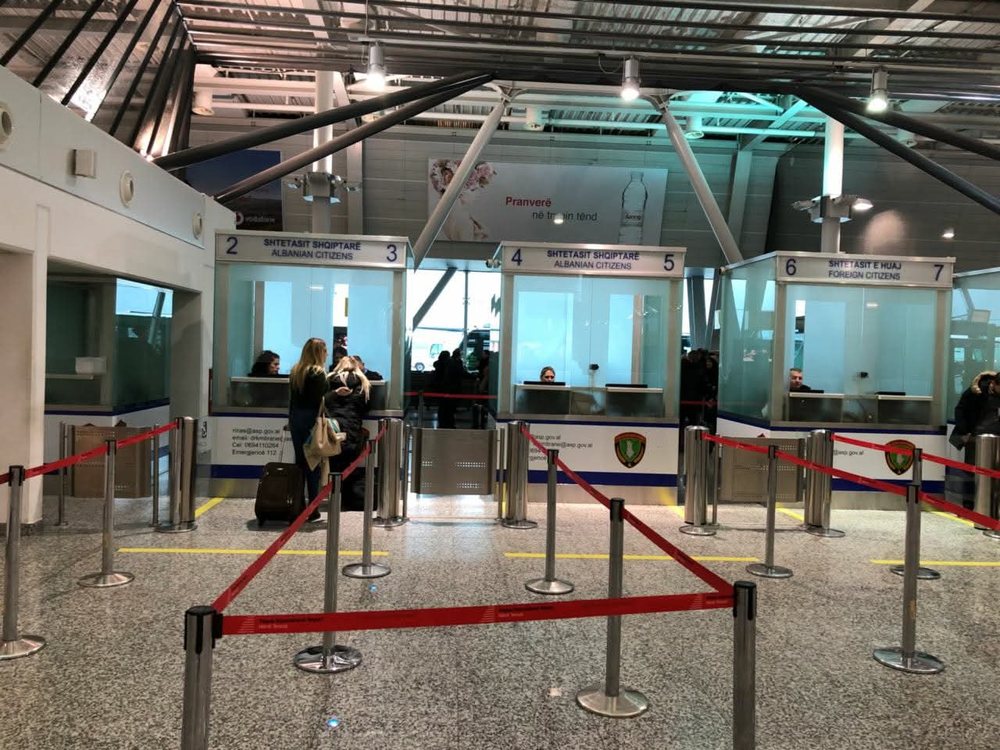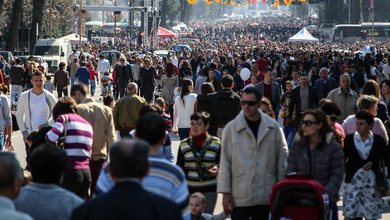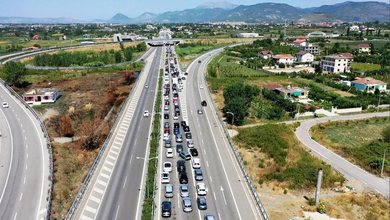
The European Union is set to finally implement the new Entry/Exit System (EES), a digital border control system that will change the way non-EU citizens enter and exit the Schengen area. After being postponed several times, the system is expected to come into force in October 2025.
What does the new system foresee?
The Entry/Exit System is a new automated technology that will record biometric and travel information of citizens arriving from outside the EU. Instead of having their passports stamped by border officials, the data will be stored digitally for each entry and exit into the EU.
The system will:
Record the date and location of entry and exit for each non-EU traveler.
Collect biometric data such as fingerprints and a facial photo.
Quickly identify people who overstay their permitted stay in the Schengen area.
Improve border security and speed up procedures for regular travelers.
Who is affected?
The system will apply to all non-EU citizens travelling without a visa or with a short-stay visa (including Albanian citizens travelling without a visa to Schengen). EU citizens and long-term residents of the area will not be affected by this change.
What does it mean for travelers?
Less manual bureaucracy: There will no longer be a need to stamp your passport for every entry or exit.
Faster border control: Automated systems will enable faster movement for travelers who have provided biometric data in advance.
Privacy and security: Data will be stored for three years and will be accessible to security authorities only in cases defined by law.
Are there any concerns?
Human rights organizations have raised concerns about the protection of personal data and the potential for misuse of biometric information. However, the EU assures that the system fully complies with the General Data Protection Regulation (GDPR) and is only aimed at improving border management.
The new Entry/Exit System is expected to significantly modernize the way people travel to the EU, bringing a faster and safer experience for non-EU citizens. However, travelers are advised to inform themselves in advance about the new procedures to avoid surprises at the border.






















